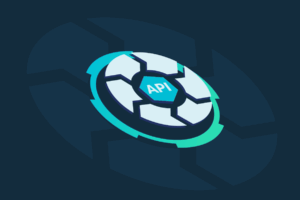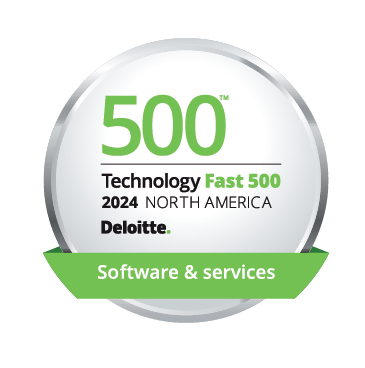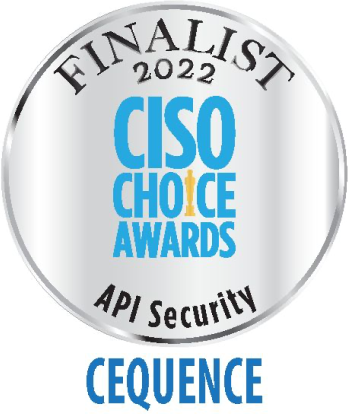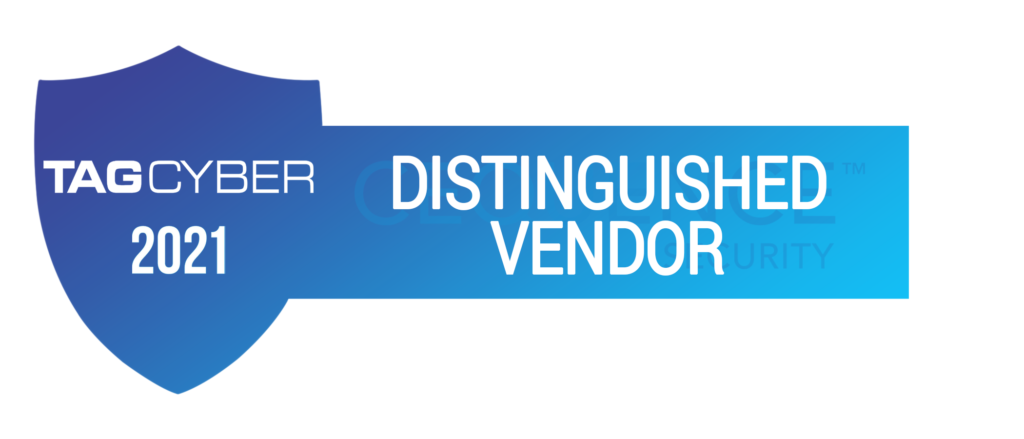Video Transcript:
Cequence Security Explained in 2 Minutes
In today’s connected world, our applications need to work together seamlessly…fetching information, translating it through AI, and delivering it…all while keeping our data secure.
But these connections create security challenges. Unknown or unsecured APIs open the door for bot attacks, leading to infrastructure strain, revenue loss from account takeover attacks, scraped data, and fraud. And blocking bot traffic without precision could accidentally shut out the good traffic—cutting off access to your applications and leaving your business behind.
We believe that securing your connections can enable your applications to leap into the AI age intelligently, meeting the demands of your customers, and fueling your growth.
Meet Cequence—a new breed of intelligent security solutions that protects the critical connections powering your applications, from APIs to agentic AI.
Through our unique network-based approach, Cequence analyzes your traffic with real-time behavioral fingerprinting to detect and stop the most sophisticated attacks.
See risks through the lens of an attacker, so you can quickly prioritize and fix what matters most.
Our foundational strength is protecting your applications and APIs from attacks, business logic abuse, and fraud — all while making it possible to safely extend agentic AI access to enterprise and SaaS applications.
But don’t take our word for it. Top telecom, banking, and retail companies already trust Cequence to protect 10B connections daily.
Cequence. Advanced API Security, Bot Defense, and AI Protection – Protect what connects you.


















